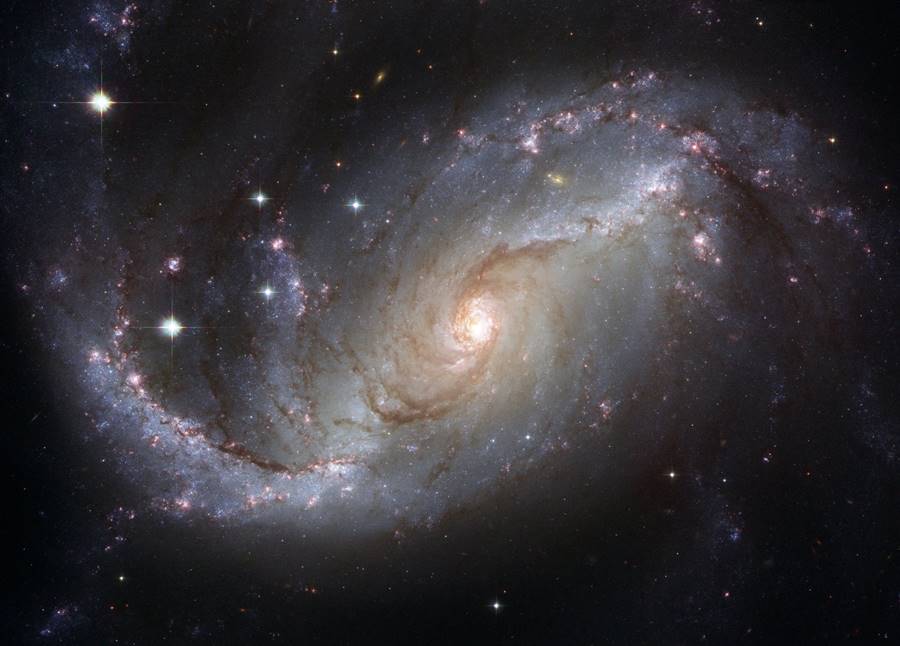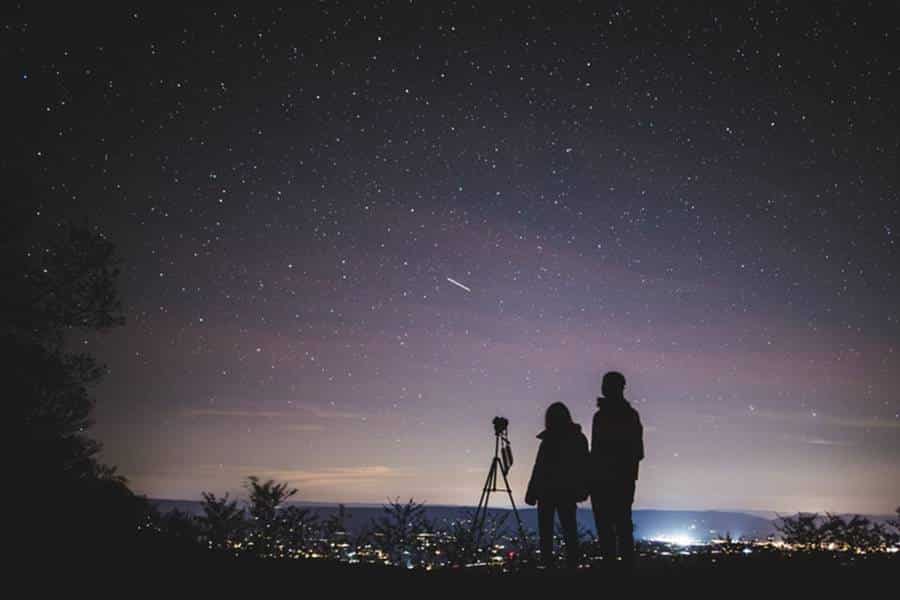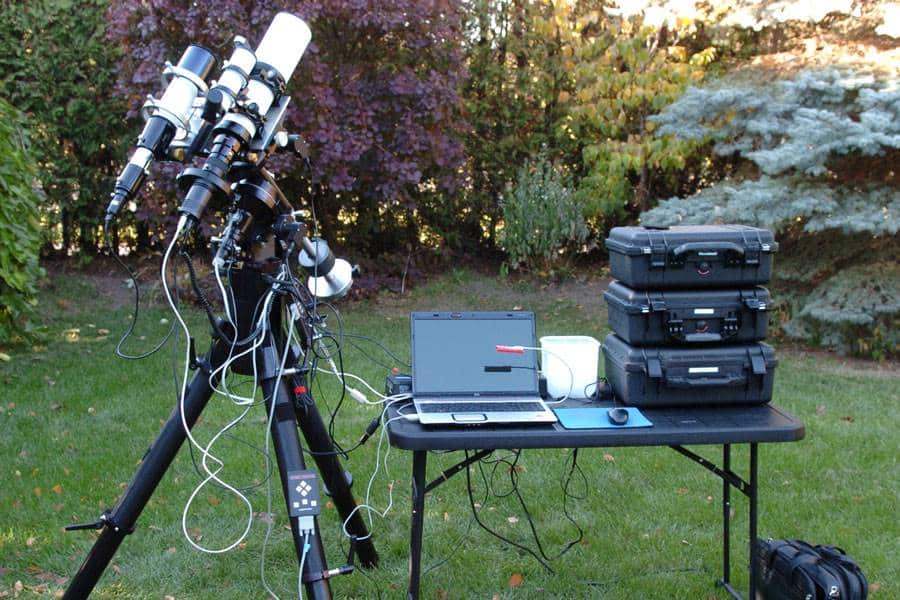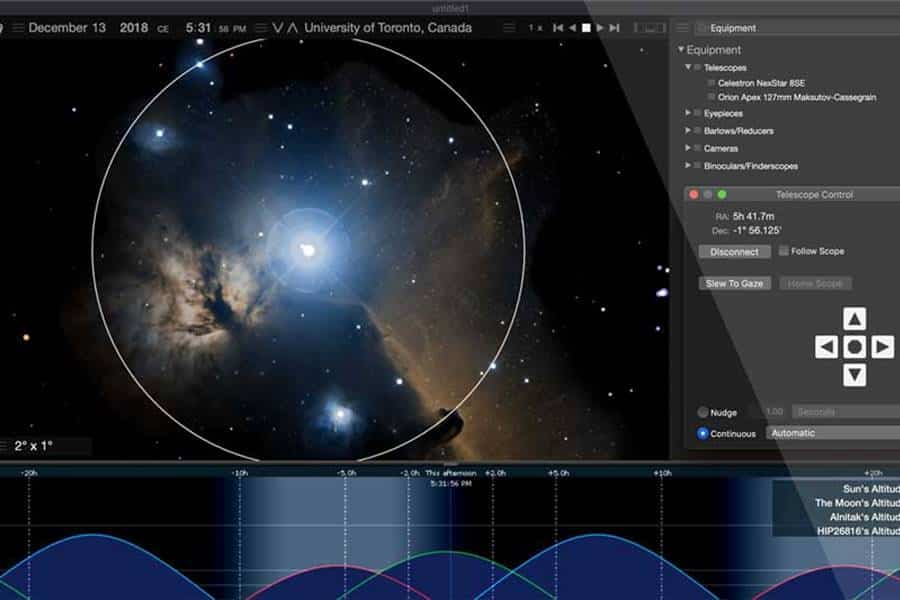The best camera for astrophotography is one that can capture clear and detailed images of objects in the night sky. Here are some key features to consider:
Sensor Size: A larger sensor can gather more light, resulting in better image quality and reduced noise in low-light conditions.
Low-light Performance: Look for a camera with good high ISO performance. This allows you to take pictures in darker environments without too much grain or noise.
Resolution: Higher resolution cameras capture more detail in your images, but keep in mind that larger file sizes require more storage space.
Manual Controls: Having manual controls such as shutter speed, aperture, and ISO allows you to have full control over your camera settings, which is important for astrophotography.
Interchangeable Lenses: The ability to change lenses allows you to adapt to different astrophotography subjects, such as capturing wide-angle shots of the Milky Way or zooming in on distant galaxies.
Long Exposure Capabilities: Astrophotography often requires long exposure times to capture faint details. Look for a camera that can handle long exposures without introducing excessive noise.
Live View and Articulating Screen: Having a live view feature and an articulating screen can be helpful for composing and focusing your shots, especially when the camera is mounted on a tripod.
Ultimately, the best camera for astrophotography will depend on your specific needs and budget. It’s a good idea to do some research, read reviews, and consider the recommendations of experienced astrophotographers to find the right camera for you.

List of Best Cameras for Astrophotography
While the “best” camera for astrophotography can vary depending on individual preferences and budget, here are some popular camera models often recommended by astrophotography enthusiasts:
Canon EOS 6D Mark II: This full-frame DSLR camera has good low-light performance and a 26.2-megapixel sensor, making it a popular choice for astrophotography.
Nikon D850: Another full-frame DSLR camera, the D850 offers excellent image quality, a high-resolution 45.7-megapixel sensor, and impressive low-light capabilities.
Sony Alpha a7S III: This mirrorless camera boasts a 12.1-megapixel full-frame sensor with impressive low-light performance, excellent dynamic range, and 4K video capabilities.
Canon EOS Ra: Specifically designed for astrophotography, the EOS Ra is a modified version of the Canon EOS R mirrorless camera. It features enhanced sensitivity to capture the red hues of nebulae and other deep-sky objects.
Sony Alpha a7R IV: With a whopping 61-megapixel full-frame sensor, the a7R IV delivers exceptional image quality and resolution, making it ideal for capturing intricate details in the night sky.
Nikon Z6: This mirrorless camera offers a balance of resolution and low-light performance, with a 24.5-megapixel full-frame sensor and good high ISO capabilities.
Pentax K-1 Mark II: Known for its Astro tracer feature, which allows the camera to compensate for the Earth’s rotation during long exposures, the K-1 Mark II is a popular choice for astrophotography enthusiasts.
Remember, these are just a few examples, and there are many other cameras available that can produce stunning astrophotography results. It’s important to consider your specific needs, budget, and the availability of compatible lenses when making your decision.


